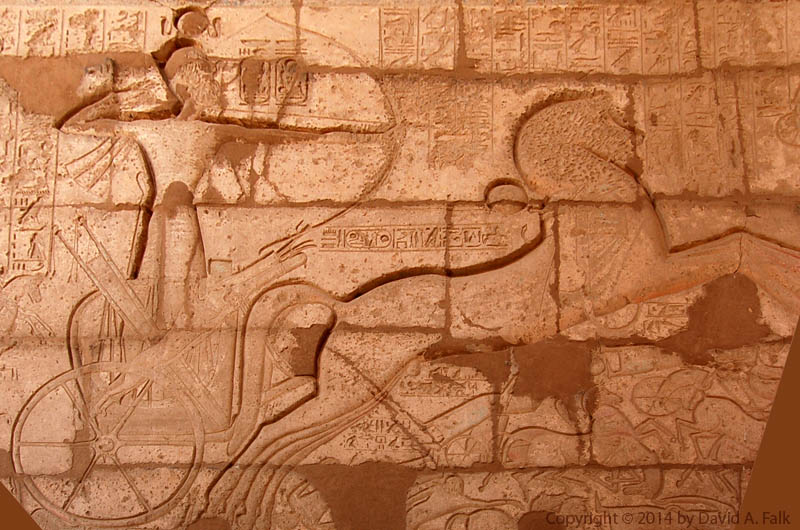
The Reed (Red) Sea
After the Israelites escaped Egypt through the Wadi Tumilat, they did something hard to fathom. Instead of making a clean break down the west coast of the Sinai as they had intended, they turn northward. They made their way towards the Way of Horus, the military road that runs along the north Sinai. After that, they “wandered” in the wilderness aimlessly to lure Pharaoh into thinking they were lost (Exod 14:3).
From a strategic perspective, this move makes little sense. The Israelites essentially boxed themselves in. Pi-Hahiroth was to the west, desert to the south, Pharaoh’s chariots to the east, and their backs to the sea. Strategically, this was the worst possible position to be in. Trapped with nowhere to run. And yet, the sea opened up and the Israelites escaped what would otherwise be certain death.
In several sections, the biblical narrative simply calls this body of water the “Sea.” But some texts (e.g., Exod 13:18 and 15:22) refer to it as the yam suf (יַם סוּף). The translation of yam suf as the “Red Sea” entered into English Bibles through the Greek Septuagint (ca. 250 BCE) translation Ερυθρὰ θάλασσα. However, in Hebrew yam suf means “Sea of Reeds.”
This place name most likely comes from the Semitic-Egyptian pȜ ṯwfy, “The Reeds.” Papyrus Anastasi III (2:11-12) mentions this body of water and states that the “foliage and greenery” of Pi-Hahiroth was nearby (Papyrus Anastasi III, 3:3). Thus, the pȜ ṯwfy was probably one of the lakes (possibly Lake Ballah or Lake Timsah) that were part of the marshy area along what is now the Suez Canal.
P. Anastasi III mentions three toponyms (Piramesses, Pi-Hahiroth, and the “Reeds”) in a geographic sequence similar to that found in Exodus. This suggests a strong correspondence between what the Egyptians knew about the region and the biblical record of the sites.